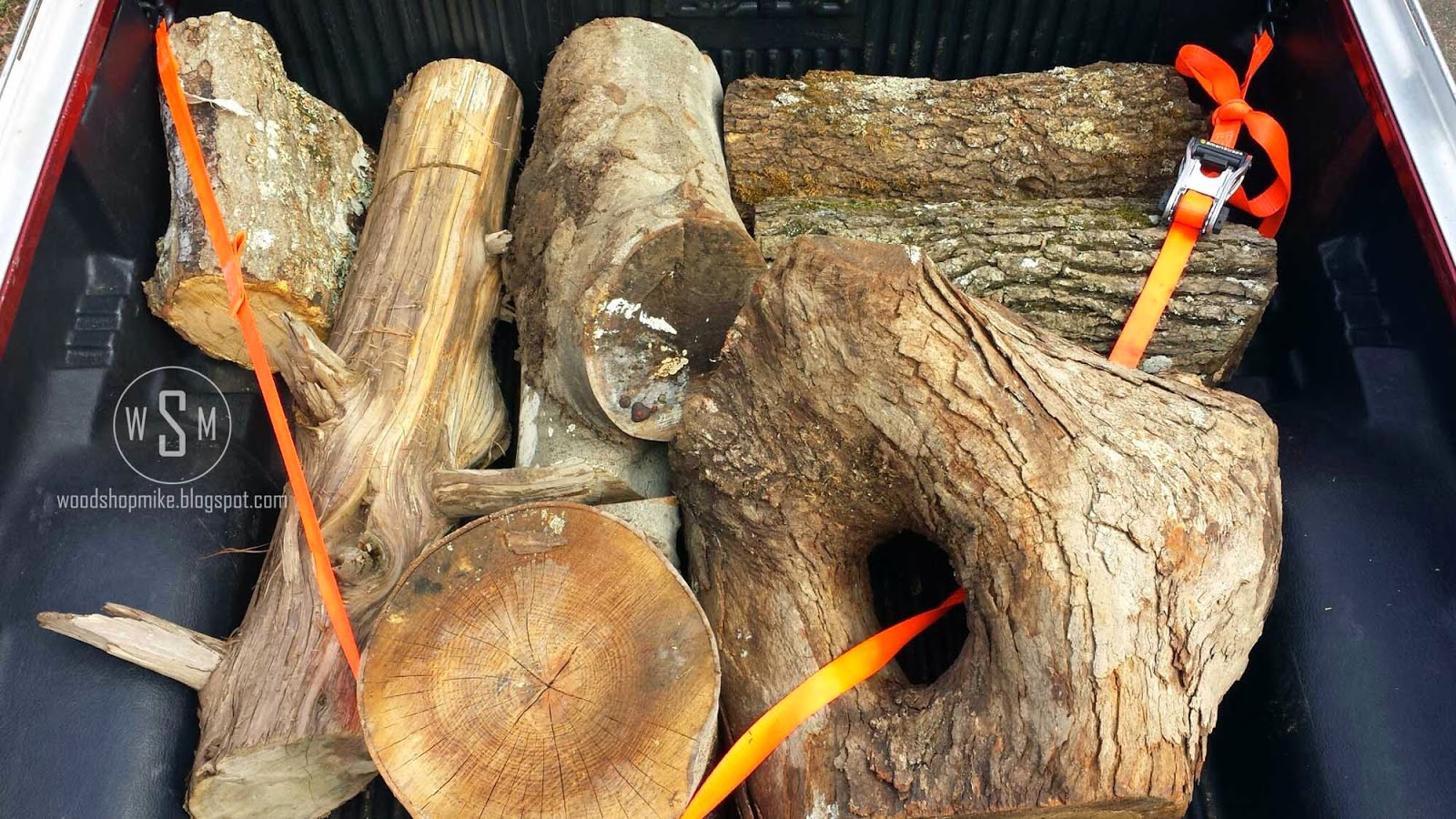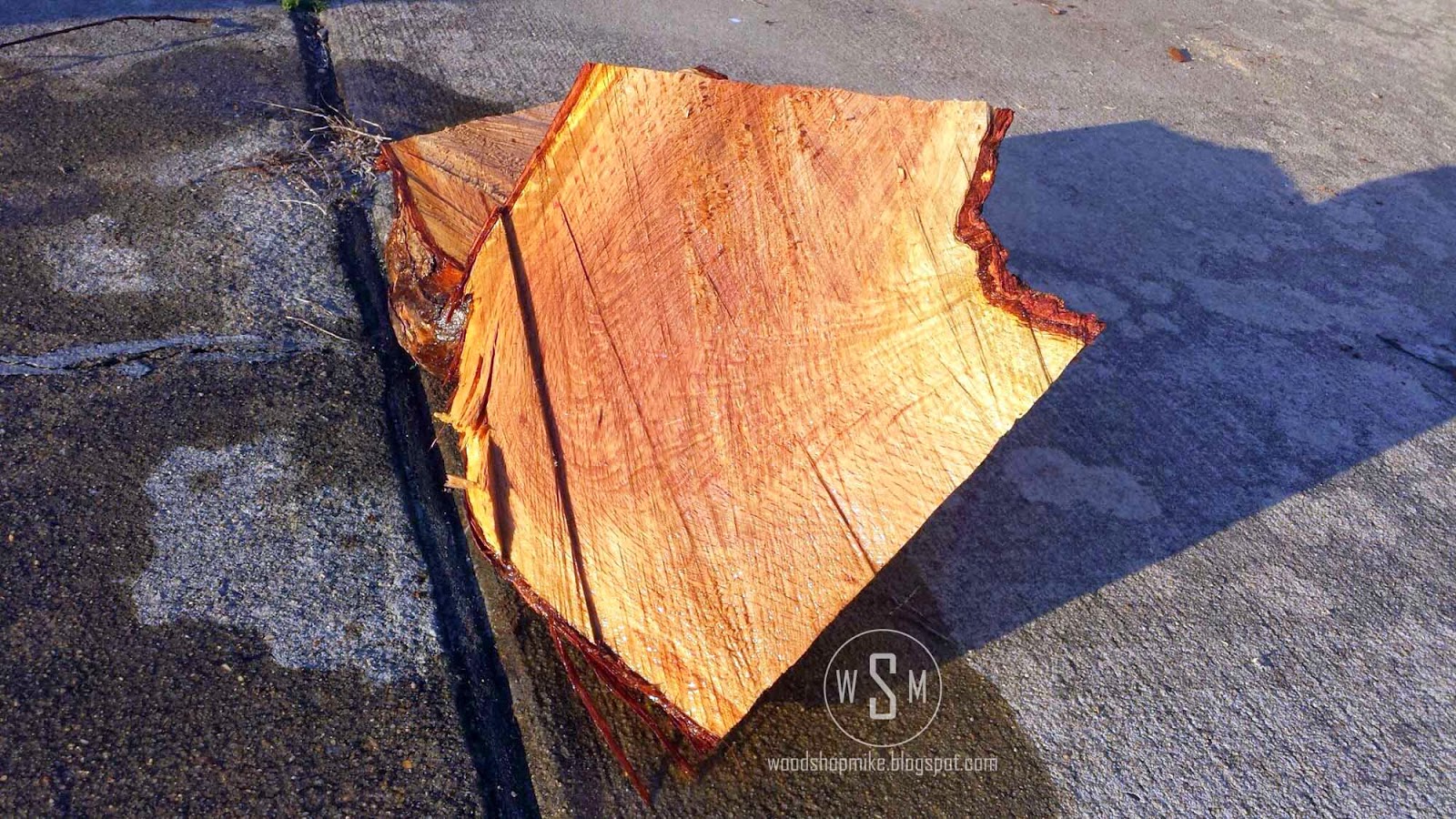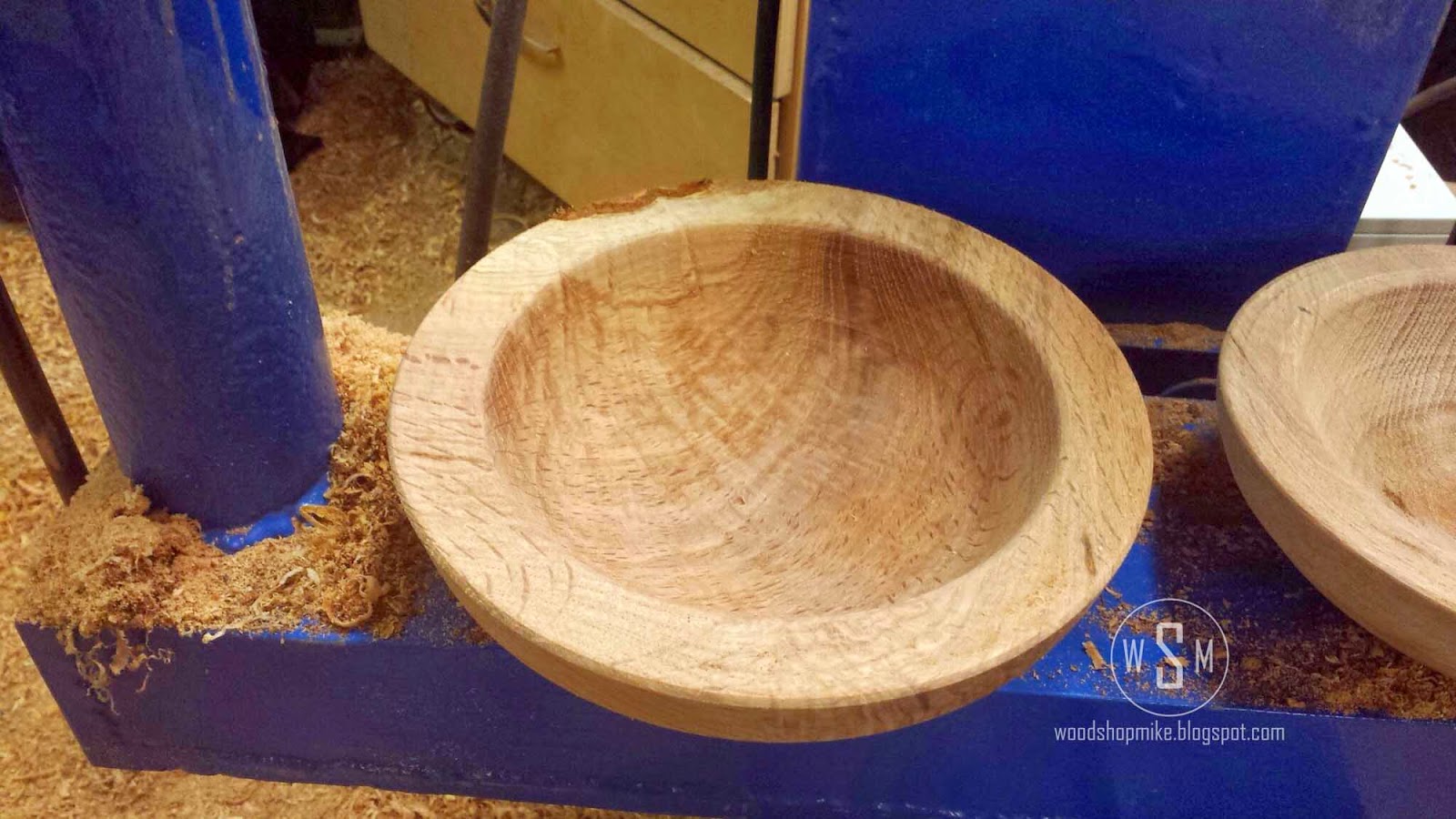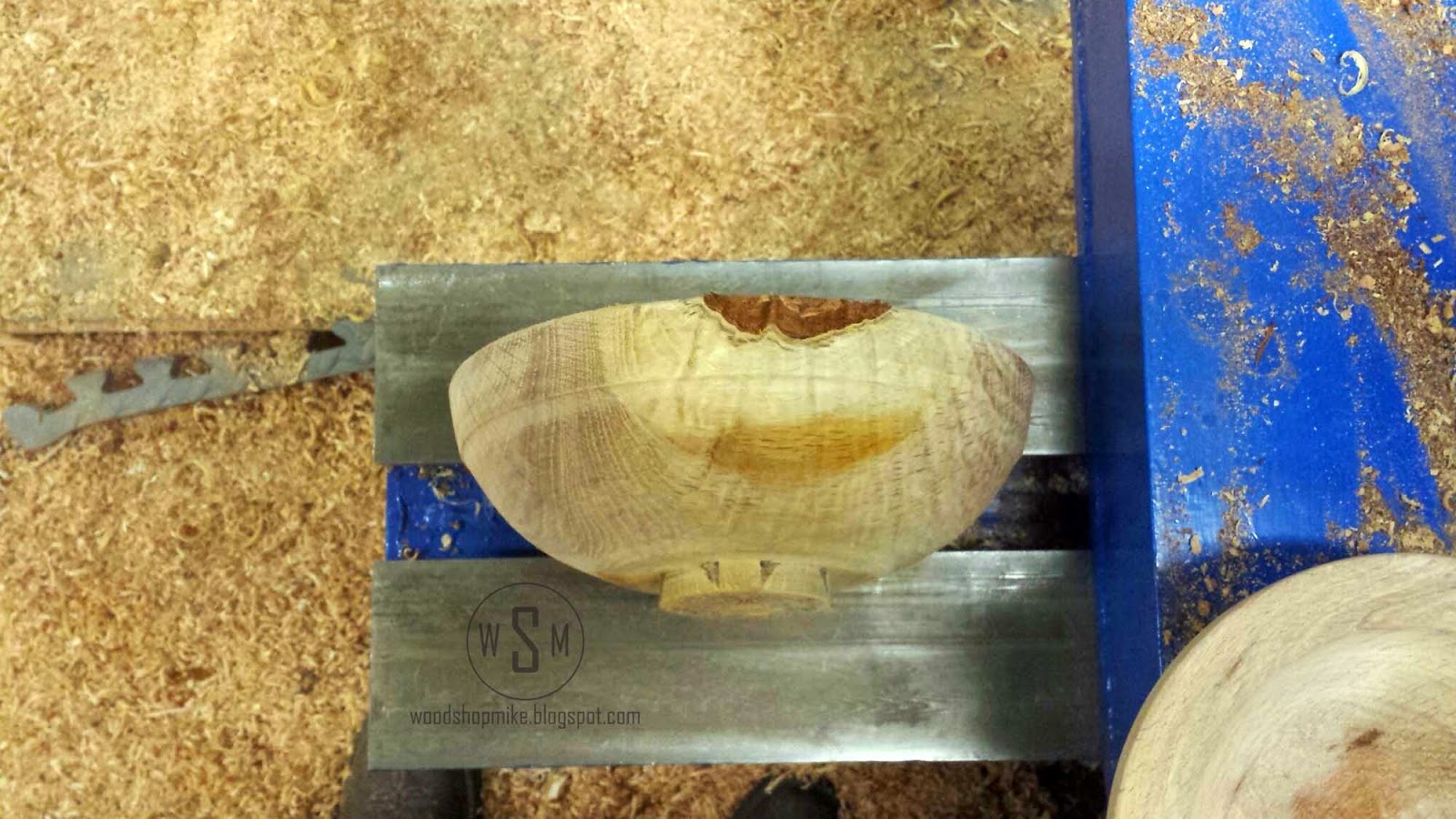When you are a woodworker, (especially a woodturner) people will start calling you every so often and ask if you want the tree that has been sitting on their property for the past month. As luck would have it, I have a hard time telling someone no, especially if its free. So, while visiting my in-laws a few weeks prior, I stopped by to visit one of their church friends and picked out a few chunks of wood.

I didnt want to go too crazy because I have a stack of birch logs in the yard that I think are on the brink of being useless. *Tear* I also have some exciting furniture projects coming up that will take me away from the lathe for a while and there is no sense in bringing home logs to just have them rot.
The first piece I started with was from a piece of butter beech. It had great potential, but was laden with deep cracks. Since there isnt much calling for toothpicks made from 18" logs, I made the difficult choice and tossed the piece. Life is too short to turn bad lumber.
I was really itching to see what kind of grain patterns were lurking in the "oak doughnut", so I grabbed the chainsaw and cut out a section to turn a set of bowls. I was very encouraged when I split the piece and could see figure even on the rough chainsawed surface.




I rough turned the first half and put it in the denatured alcohol (DNA) bath and put the other half in a heavy plastic bag until I could get to it the next morning.

from the previous days work off the bed. Waiting for me was a little surprise... RUST! I totally forgot how wet the wood was and had a nice little side project on my hands as punishment. Oak has a large amount of tannins in it also, which didnt help the rust situation either. Oh well, lesson learned. Clean off the bed, especially when youre turning green wood, and even more so when its oak!




With both bowls turned and in the DNA bath, I switch my focus to trying the butter beech again. Before now, Ive never worked with this species. Ive heard that it is a terribly hard wood, but everything seems to play nice before its dry. I was definitely able to tell a difference between the heartwood and sapwood though. I have another log about 2 feet long and 18" in diameter. Im excited to finish turning my stash of this and see how the pieces fair while they dry and then are finish turned. There is also just enough spalting in the log to add interest.
The other species I worked with recently is elm. This was another first for me and I learned very quickly to not even think that the bark will stay on. Im not certain that this is characteristic of the species, but the log I have appears to have been sitting for a while before I acquired it. Luckily, the wood is not punky, so I shouldnt have to deal with turning rotted wood, which is never fun. Also, Ive never turned wood that was so wet! The pieces Ive turned have so much moisture in them that my face shield was being splattered with water while the piece was turning. I really like the interesting colors that are present in pieces I worked with. There is a lot of dark heart wood to contrast the lighter sap wood. I think it should make for very interesting bowls. Only time will tell how they dry and finish turn, but for now Im optimistic!
Here are the bowls in and out of the DNA soak. The two on the left are butter beech, the other four are elm.


I hope you enjoyed the update! Thanks for reading. Check back soon, Ill tell you all about breathing life back into a Stihl 026 chainsaw!





Maybe four pictures of this is a little much, but I dont run across much oak that has flame. So Im trying to show it off!
With both bowls turned and in the DNA bath, I switch my focus to trying the butter beech again. Before now, Ive never worked with this species. Ive heard that it is a terribly hard wood, but everything seems to play nice before its dry. I was definitely able to tell a difference between the heartwood and sapwood though. I have another log about 2 feet long and 18" in diameter. Im excited to finish turning my stash of this and see how the pieces fair while they dry and then are finish turned. There is also just enough spalting in the log to add interest.
The other species I worked with recently is elm. This was another first for me and I learned very quickly to not even think that the bark will stay on. Im not certain that this is characteristic of the species, but the log I have appears to have been sitting for a while before I acquired it. Luckily, the wood is not punky, so I shouldnt have to deal with turning rotted wood, which is never fun. Also, Ive never turned wood that was so wet! The pieces Ive turned have so much moisture in them that my face shield was being splattered with water while the piece was turning. I really like the interesting colors that are present in pieces I worked with. There is a lot of dark heart wood to contrast the lighter sap wood. I think it should make for very interesting bowls. Only time will tell how they dry and finish turn, but for now Im optimistic!
Here are the bowls in and out of the DNA soak. The two on the left are butter beech, the other four are elm.


I hope you enjoyed the update! Thanks for reading. Check back soon, Ill tell you all about breathing life back into a Stihl 026 chainsaw!






0 komentar:
Posting Komentar